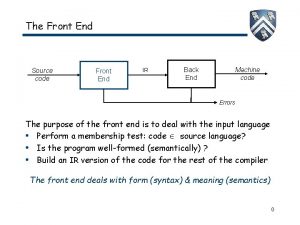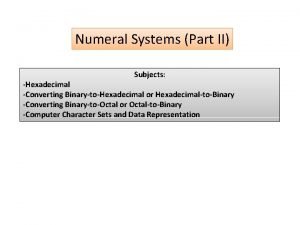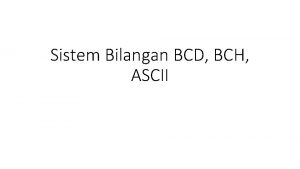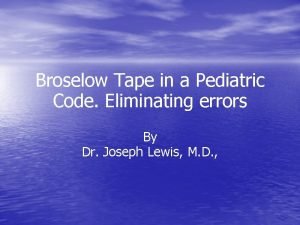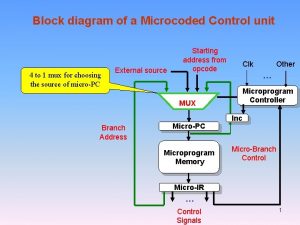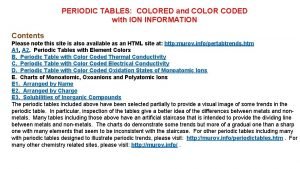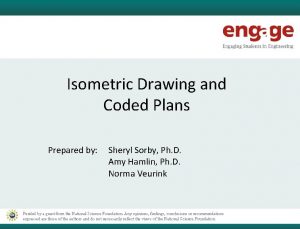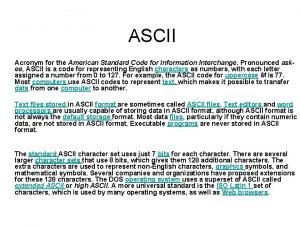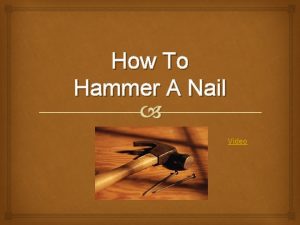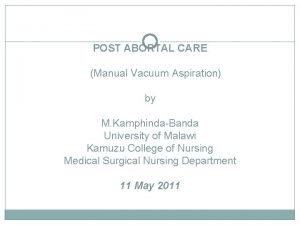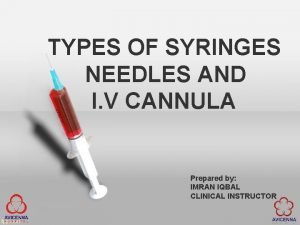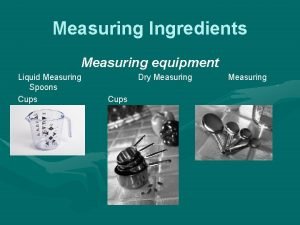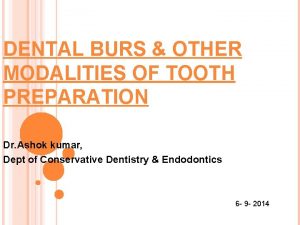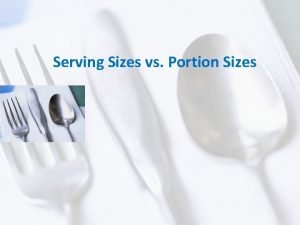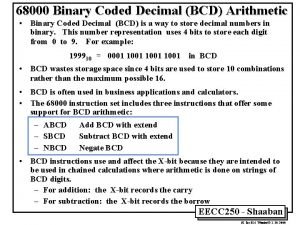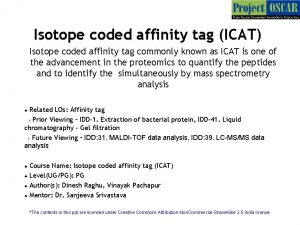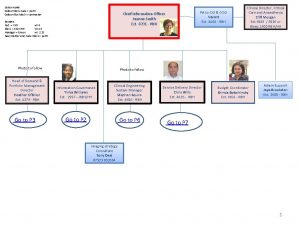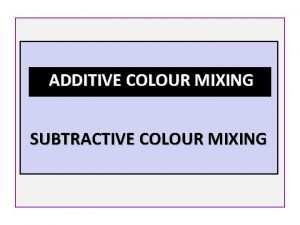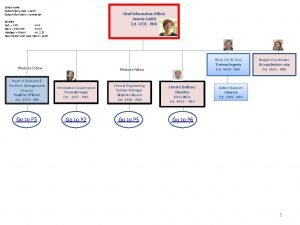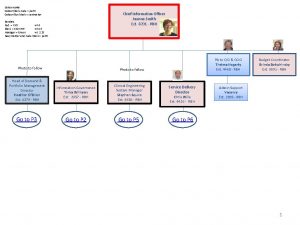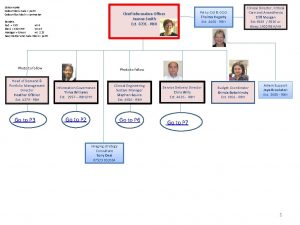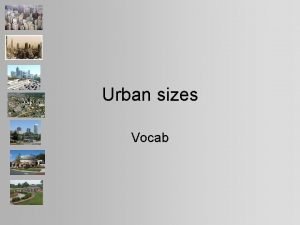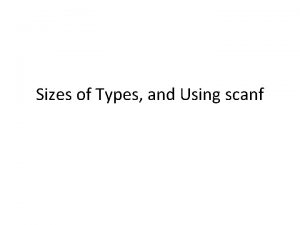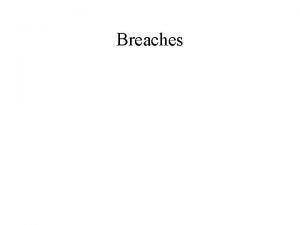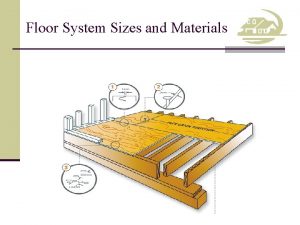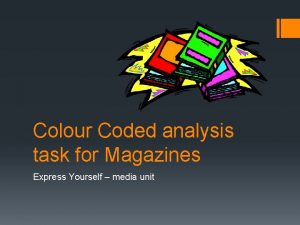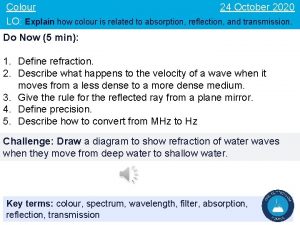colour coded sizes XS S M L colour






























- Slides: 30




ü colour coded sizes XS, S, M, L.

ü colour coded sizes S, M, L.

Chin Strap features: ü a soft, comfortable strap to hold chin gently, mouth shut, to avoid ‘pop off’ ü attaches to NEO-prene rim of cap, for ease of use ü colour coded sizes from XS, S, M, L üNB new thicker chin straps are being introduced. The thicker side goes under the chin. Do NOT use too much pressure to secure. If oedema is present, do not use.

Application Instructions ü Assess cap size required. Cap head circumference measurement is taken from nape of neck (hairline), across the ears, to the middle of the forehead. Standard head circumference is comparable unless there is moulding or head asymmetry. So, best to measure cap head circumference for initial application, at birth.

Application Instructions ü Choose appropriately sized cap. Each cap comes in 5 cm increments. Starting at <25 cm to 50 cm. ü Each cap size has a colour coded NEO-prene rim. Green = XSmall = <25 cm Yellow = Small = 25 -30 cm Red = Medium = 30 -35 cm Blue = Large = 25 -40 cm Black = XLarge = 40 -45 cm White = XXLarge = 45/50 cm

Application Instructions ü • • Each package contains: Cotton cap with NEO-prene rim Chin strap Self adhesive hook fastener Shock cord tightener Swap wrap Short double sided fasteners Eye covers Snorkel Grip

Application Instructions 1) Place the middle of the coloured cap rim under the back (nape) of neck, then wrap rim over the ears & across the forehead.

Application Instructions 2) Ensure there is some overlap of the cap rim, where it joins. No overlap means the cap is too small. So, use the next size up. Vary the overlap site, with cares.

Application Instructions 3) Secure cap with hook tab, onto coloured loop rim of cap. Have a snug but NOT tight fit. If tab crosses stitched line on rim, use a smaller cap.

Application Instructions 4) Place the chin inside Chin Strap slit, to gently hold the mouth shut. Feeding tubes can be threaded through the slit. Attach to the Neo- prene rim of cap with the two 13 mm x 60 mm small fasteners, either side. NB: this step can be done at anyintroduced. time. üNB new thicker chin straps are being The thicker side goes under the chin. Do NOT use too much pressure to secure. If oedema is present, do not use.

Application Instructions 5) Gather top of cap together & feed into SCT, move SCT down to top of the head, creating an even & snug fitting cap, as close to scalp as possible. NB: some like to twist the cotton top, a little, to help gather evenly.

Application Instructions 6) TIGHTEN SCT FIRMLY. It is essential that cap material does not slip through SCT. As this stops the Cpap device from moving, once secured.

Application Instructions 7) If a brain monitor or scalp vein are present, & the wires/tubes can't be threaded through SCT. Then, tighten SCT around the wires/tubes, as illustrated. Remove SCT, to access fontanelle, for ultrasound.

Application Instructions 8) Identify Snorkel Grip (SG) ‘ATTACH TO CAP’, attach this side of SG to the rim of cap by positioning the stitched square exactly in the midline above the baby’s nares.

Application Instructions This allows the midline interface, when applied, to line up ‘square’ with the nares. So that the prongs do not apply more pressure on one nare from the prongs being off centre.

Application Instructions 9) Remove backing from self adhesive wraps. Place one, lengthwise, around the corrugated Cpap tubing, ensuring it is above the pop off slit

Application Instructions Also, it’s better if the join is closest to the neonates head, as it will adhere longer, with less stress on the join, when readjusting tubing. There is a spare self adhesive wrap, to replace old wraps if adhesion weakens, & wrap lifts. Store spare in bag under cot.

Application Instructions 9) Gently position prongs into neonate's nares, as per manufacturer's instructions. Then, place the midline interface, where the self adhesive is, in the centre of the SG.

Application Instructions Wrap each SG arm securely around the midline interface, to hold in place.

Application Instructions 11) Ensure prongs are still evenly positioned in neonate’s nares. With either Midline Anchors (MLA) or the interface’s grey straps in place, on each side of interface, direct each MLA towards the nape of the neck each side. This avoids pressure around the eyes. Secure each MLA to the rim of cap with a small double sided fastener.

Application Instructions 12) Optional: Place the Eye Covers over the neonate's eyes if they are requiring phototherapy; if they require a procedure under bright lights; or if it is part of the neonates developmental plan to have less visual stimulation, especially at night. Ensure there is no light access to the neonates eyes, move the cover's arms up or down to allow the EC to lay flat with no gaps. Secure the Eye Covers with the double sided fastener.

Application Instructions NB: ALL FASTENERS ARE DOUBLE SIDED, SO THEY CAN BE USED ON THE SAME OR OVERLAPPING RIM SITES. Short fasteners overlapping. Fasteners also have logo in the middle, place this over the accessory being fastened, which allows for equal sided & therefore more secure anchorage.

Application Instructions NB: CAP MUST BE RELEASED EVERY 4 -6 HOURS TO STOP DEFORMITIES OCCURRING FROM RAPIDLY GROWING HEADS. WHEN THERE IS NO OVERLAP, MOVE TO NEXT LARGER SIZED CAP. EACH CAP HAS 5 CMS OF GROWTH.

Application Instructions 13) Use Sat Wrap instead of self adhesive bandage, to secure Saturation probe. To lessen possible pressure burns, as well as stop ambient light & constriction (pressure), which can interfere with accurate probe readings.

Handy tips • If you know the size of cap required, unpack & separate all accessories, so they are all ready for quick application. • When receiving a new admission, lay cap open on mattress, at head height, ready to receive neonate & apply CPAP promptly. • If you know the size of the Cpap interface required, you can fit midline anchors or grey straps onto interface prior to receiving neonate, if you wish. So, again, CPAP can be applied as soon as neonate is received & cap is fitted.

Washing Instructions • One baby use • If cap becomes soiled, follow AS/NZS 4146: 2000, as follows: • 3. 5. 2 Thermal Soiled linen that is to be thermally disinfected shall be washed so that the temperature of the load is maintained at a minimum of 65°C for not less than 10 minutes. As it will take time for heat to penetrate the load, an allowance for mixing time and load level shall be made to ensure that the load is maintained at the correct temperature for the minimum time period. For low loading 4 minutes shall be allowed, and for high loading 8 minutes. The minimum time/temperature combinations are therefore — Summary: 65°C maintained for not less than 10 minutes; minimum cycle time 14 minutes for low loading or 18 minutes for high loading.

Notice The NEO-prene Cpap Cap System has been designed & is distributed by Austranter Medical Pty Ltd. Patent No. 2014101151 Registered Design: No. 147007
 If brass is coded as 63516
If brass is coded as 63516 Pick the odd man out stv xya
Pick the odd man out stv xya Men's shirt sizes are determined by their neck sizes
Men's shirt sizes are determined by their neck sizes Dr swastika suvirya
Dr swastika suvirya House of leaves coded pages
House of leaves coded pages Isometric
Isometric Extended binary coded decimal interchange code
Extended binary coded decimal interchange code Personality test blue
Personality test blue Hand coded scanner
Hand coded scanner Periodic table color coded
Periodic table color coded Bcd counters
Bcd counters Addition and subtraction of hexadecimal numbers
Addition and subtraction of hexadecimal numbers Sistem bch
Sistem bch Pedi color code
Pedi color code Microcoded controller diagram has
Microcoded controller diagram has Color coded periodic table of elements
Color coded periodic table of elements Coded plan isometric sketch
Coded plan isometric sketch Nrich coded hundred square
Nrich coded hundred square Cdigo ascii
Cdigo ascii Famous blue personalities
Famous blue personalities Ecg leads color
Ecg leads color Concrete nail sizes
Concrete nail sizes Mva cannula sizes by color
Mva cannula sizes by color Dental dam hole punch sizes
Dental dam hole punch sizes Iv cannula parts
Iv cannula parts Sseismic cable sizes manufacturers
Sseismic cable sizes manufacturers Examples of solid ingredients
Examples of solid ingredients Dental burs shapes
Dental burs shapes Motorcycle engine size chart
Motorcycle engine size chart Size of pollen
Size of pollen Subcutaneous shot
Subcutaneous shot








